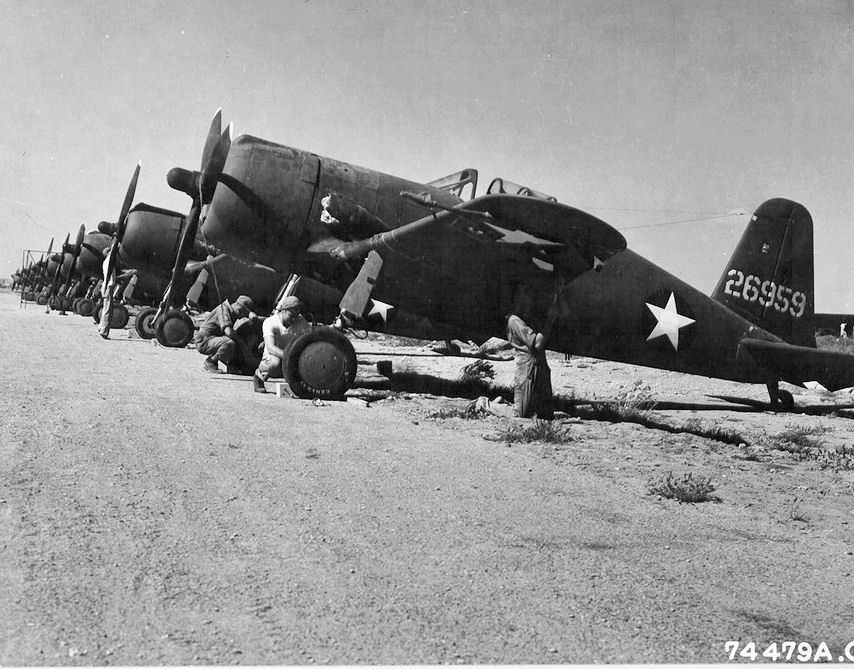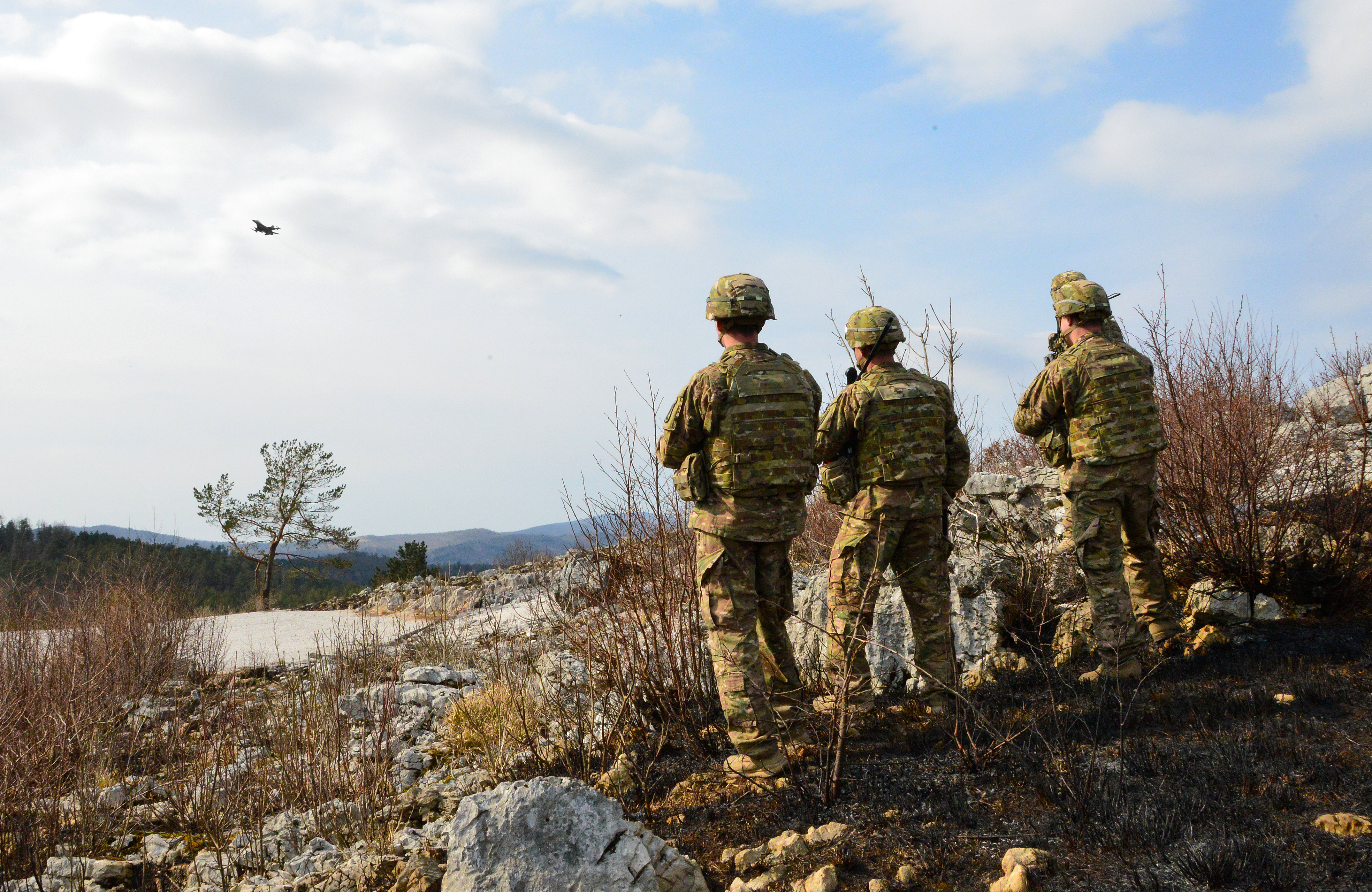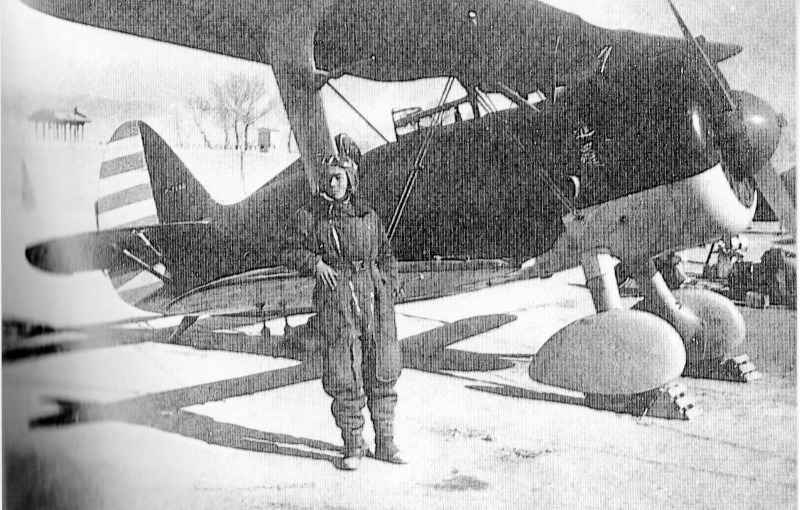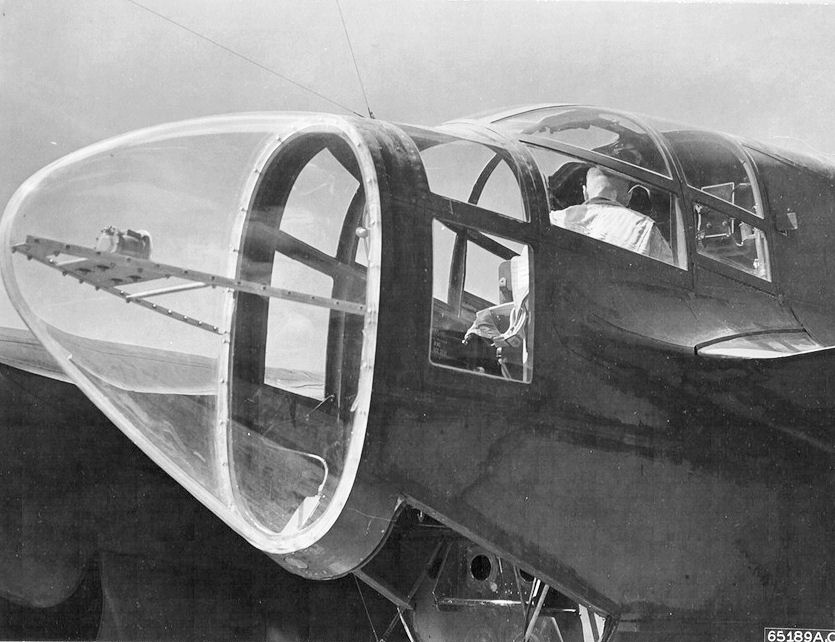|
Liangping Airport
Liangping Airport () , also called Liangshan Airport, is a former dual-use military and civil airport, located north of Liangping District (formerly called Liangshan) in Chongqing Municipality, China. It served the city of Wanxian (now Wanzhou District) from July 1988 until May 2003, when all civil flights were transferred to the new Wanzhou Wuqiao Airport. History Originally called Liangshan, the spot where the airport sits today was originally a military base established in 1923 by the local "''Lülin''" (Hanzi: ''绿林 - "Green Forest"'') militia for the Sichuanese warlord Yang Sen; it was later expanded into an airbase for flight operations of the air force under succeeding warlord Liu Xiang in 1928–1929, with earthen runways 600 meters north to south and 700 meters east to west. With the outbreak of the War of Resistance-World War II following the 7/7 Incident in 1937, Liangshan Airfield, as it became known as, was integrated along with the warlord aircraft asse ... [...More Info...] [...Related Items...] OR: [Wikipedia] [Google] [Baidu] |
Liangping District
Liangping District (), formerly Liangping County () and Liangshan County (), is a district in the north of Chongqing Municipality, People's Republic of China. Sports The Liangping District National Fitness Centre Stadium, which has a capacity of 20,937, is the largest venue by capacity in Liangping. It opened in 2017. Administrative divisions Climate Liangping has a monsoon-influenced humid subtropical climate (Köppen ''Cwa''), with four distinct seasons and ample rainfall: winters are short, mild, and comparatively dry, while summers are long, hot, and humid. Monthly daily average temperatures range from in January to around in July and August, with August being slightly warmer. The diurnal temperature variation is and is especially small during winter. Around 71% of the annual precipitation falls from May to September. Transport China National Highway 318 passes through Liangping. Liangping is served by Liangping railway station on the Dazhou-Wanzhou railway and Lia ... [...More Info...] [...Related Items...] OR: [Wikipedia] [Google] [Baidu] |
Attack On Pearl Harbor
The attack on Pearl HarborAlso known as the Battle of Pearl Harbor was a surprise military strike by the Imperial Japanese Navy Air Service upon the United States against the naval base at Pearl Harbor in Honolulu, Territory of Hawaii, just before 8:00a.m. (local time) on Sunday, December 7, 1941. The United States was a neutral country at the time; the attack led to its formal entry into World War II the next day. The Japanese military leadership referred to the attack as the Hawaii Operation and Operation AI, and as Operation Z during its planning. Japan intended the attack as a preventive action. Its aim was to prevent the United States Pacific Fleet from interfering with its planned military actions in Southeast Asia against overseas territories of the United Kingdom, the Netherlands, and those of the United States. Over the course of seven hours there were coordinated Japanese attacks on the US-held Philippines, Guam, and Wake Island and on the British Empire ... [...More Info...] [...Related Items...] OR: [Wikipedia] [Google] [Baidu] |
Civil Aviation In China
As of December 2017, there are 229 commercial airports in China. Around 500 airports of all types and sizes were in operation in 2007, about 400 of which had paved runways and about 100 of which had runways of 3,047 m or shorter. There also were 35 heliports in 2007, an increasingly used type of facility. With the additional airports came a proliferation of airlines. China has the fastest growing passenger air market of any country in the world (by total passenger numbers) and between 2009 and 2014 the number of passengers increased over 47% from 266,293,020 to 390,878,784. In 2014 China was second only to the United States in total numbers of passengers carried. History The Nanyuan Airport first broke ground in Beijing near the end of the Qing Dynasty, and Chinese aviation pioneers Qin Guoyong and Li Ruyan, the principal and chief of the flight school operations established there in 1913 under then-president Yuan Shikai, had established the first airline service with a ro ... [...More Info...] [...Related Items...] OR: [Wikipedia] [Google] [Baidu] |
Kawasaki Ki-48
The Kawasaki Ki-48 ( ja, 九九式雙發輕爆擊機, shiki-souhatu-keibaku, shortened to 'Sokei', Army Type 99 Twin-engined Light Bomber), was a Japanese twin-engine light bomber that was used during World War II. Its Allied reporting name was "Lily". Design and development The development of the aircraft began at the end of 1937 at the request of the Japanese military high command. Kawasaki received an order to develop a "high-speed bomber" capable of 480 km/h (300 mph) at 3,000 m (9,840 ft), and able to reach 5,000 m (16,400 ft) within 10 minutes. It was inspired by the Soviet Tupolev SB. Kawasaki had the advantage of the experience of designing the Ki-45 twin-engined heavy fighter. Most technical problems were solved; however the aircraft had a number of shortcomings. It carried only an 800 kg (1,760 lb) bombload. This was actually ''more'' than contemporary light bombers such as the Bristol Blenheim or Tupolev SB, and only slight ... [...More Info...] [...Related Items...] OR: [Wikipedia] [Google] [Baidu] |
Vultee P-66 Vanguard
The Vultee P-66 Vanguard was a United States Army Air Forces fighter aircraft. It was initially ordered by Sweden, but by the time the aircraft were ready for delivery in 1941, the United States would not allow them to be exported, designating them as P-66s and retaining them for defensive and training purposes. Eventually, a large number were sent to China where they were pressed into service as combat aircraft with mixed results. Design and development The Vultee Vanguard was the product of an idea conceived in the late 1930s by the Vultee Aircraft Division of the Aviation Manufacturing Corporation of developing four aircraft designed for different roles from a set of common wings and aft fuselage and tail assemblies. The company assigned four model designations: V-48 to a single-seat fighter, BC-51 to a basic combat trainer, B-54 to an advanced trainer, and BC-54D as a basic trainer. Eventually, the BC-51 would become the Army Air Corps BC-3 and the BC-54D, the BT-13. I ... [...More Info...] [...Related Items...] OR: [Wikipedia] [Google] [Baidu] |
Close-air Support
In military tactics, close air support (CAS) is defined as air action such as air strikes by fixed or rotary-winged aircraft against hostile targets near friendly forces and require detailed integration of each air mission with fire and movement of these forces and attacks with aerial bombs, glide bombs, missiles, rockets, autocannons, machine guns, and even directed-energy weapons such as lasers.''Close Air Support''. United States Department of Defense, 2014. The requirement for detailed integration because of proximity, fires or movement is the determining factor. CAS may need to be conducted during shaping operations with Special Operations Forces (SOF) if the mission requires detailed integration with the fire and movement of those forces. A closely related subset of air interdiction (AI), battlefield air interdiction, denotes interdiction against units with near-term effects on friendly units, but which does not require integration with friendly troop movements. The te ... [...More Info...] [...Related Items...] OR: [Wikipedia] [Google] [Baidu] |
Development Of Chinese Nationalist Air Force (1937%E2%80%931945)
The Republic of China Air Force (ROCAF) was officially formed by the ''Kuomintang'' (KMT) after the establishment of the Aviation Ministry in 1920. As tensions mounted between China and Imperial Japan in the 1930s, air units from the Chinese warlords, including those from the Guangdong Provincial Air Force, and overseas Chinese aviators, became integrated into the centralized command of the ROCAF, nominally as the ''Nationalist Air Force of China'', and coordinating with the Second United Front to counter the Imperial Japanese invasion and occupation. Of all the Chinese warlord air force units to join the centralized Nationalist Chinese Air Force command, the Guangxi Clique was the last to unite, in November 1937; under the continued leadership of generals Li Zongren and Bai Chongxi, now serving in the KMT, they and their airmen would earn honorable recognition at the Battle of Taierzhuang. Operations During the Second Sino-Japanese War (1937–1945), which is often regarded a ... [...More Info...] [...Related Items...] OR: [Wikipedia] [Google] [Baidu] |
Curtiss P-40 Warhawk
The Curtiss P-40 Warhawk is an American single-engined, single-seat, all-metal fighter and ground-attack aircraft that first flew in 1938. The P-40 design was a modification of the previous Curtiss P-36 Hawk which reduced development time and enabled a rapid entry into production and operational service. The Warhawk was used by most Allied powers during World War II, and remained in frontline service until the end of the war. It was the third most-produced American fighter of World War II, after the P-51 and P-47; by November 1944, when production of the P-40 ceased, 13,738 had been built,Murphy and McNiece 2009, p. 83. all at Curtiss-Wright Corporation's main production facilities in Buffalo, New York. P-40 Warhawk was the name the United States Army Air Corps gave the plane, and after June 1941, the USAAF adopted the name for all models, making it the official name in the U.S. for all P-40s. The British Commonwealth and Soviet air forces used the name Tomahawk for models e ... [...More Info...] [...Related Items...] OR: [Wikipedia] [Google] [Baidu] |
Northrop P-61 Black Widow
The Northrop P-61 Black Widow is a twin-engine United States Army Air Forces fighter aircraft of World War II. It was the first operational U.S. warplane designed as a night fighter, and the first aircraft designed specifically as a night fighter. Named for the North American spider ''Latrodectus mactans'', it was an all-metal, twin-engine, twin-boom design armed with four forward-firing 20 mm (.79 in) Hispano M2 autocannon in the lower fuselage, and four M2 Browning machine guns in a dorsal gun turret. Developed during the war, the first test flight was made on May 26, 1942, with the first production aircraft rolling off the assembly line in October 1943. Although not produced in the large numbers of its contemporaries, the Black Widow was operated effectively as a night fighter by United States Army Air Forces squadrons in the European Theater, Pacific Theater, China Burma India Theater, and Mediterranean Theater during World War II. It replaced earlier British ... [...More Info...] [...Related Items...] OR: [Wikipedia] [Google] [Baidu] |
426th Tactical Fighter Training Squadron
The 426th Tactical Fighter Training Squadron is an inactive United States Air Force fighter squadron. Its last assignment was with the 405th Tactical Training Wing, being inactivated at Luke Air Force Base, Arizona, on 19 November 1990. During World War II, the 426th Night Fighter Squadron was a night fighter squadron assigned to Tenth Air Force in India, and Fourteenth Air Force in China. It was reactivated in 1970 as a tactical fighter Replacement Training Unit (RTU) At Luke AFB. History World War II The 426th Night Fighter Squadron was formed at Hammer Field, California in January 1944. It was the first night fighter squadron formed in California and was the first programmed for deployment to the China-Burma-India Theater of Operations. It and the 427th Night Fighter Squadron were also the first squadrons fully trained on the Northrup P-61 Black Widow night fighter. The two squadrons remained close to each other through their training cycles, flying training missions in ... [...More Info...] [...Related Items...] OR: [Wikipedia] [Google] [Baidu] |
P-38 Lightning
The Lockheed P-38 Lightning is an American single-seat, twin piston-engined fighter aircraft that was used during World War II. Developed for the United States Army Air Corps by the Lockheed Corporation, the P-38 incorporated a distinctive twin-boom design with a central nacelle containing the cockpit and armament. Along with its use as a general fighter, the P-38 was used in various aerial combat roles, including as a highly effective fighter-bomber, a night fighter, and a long-range escort fighter when equipped with drop tanks. The P-38 was also used as a bomber-pathfinder, guiding streams of medium and heavy bombers, or even other P-38s equipped with bombs, to their targets."P-38 Lightning" National Museum of the United States Air Force. Retrieved 21 Janu ... [...More Info...] [...Related Items...] OR: [Wikipedia] [Google] [Baidu] |









